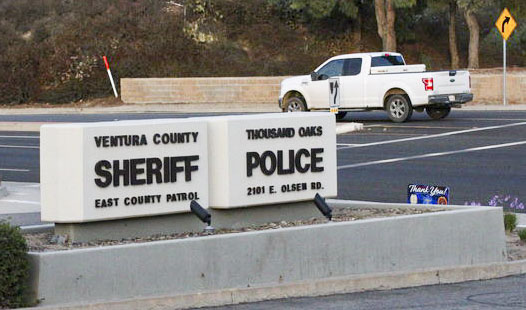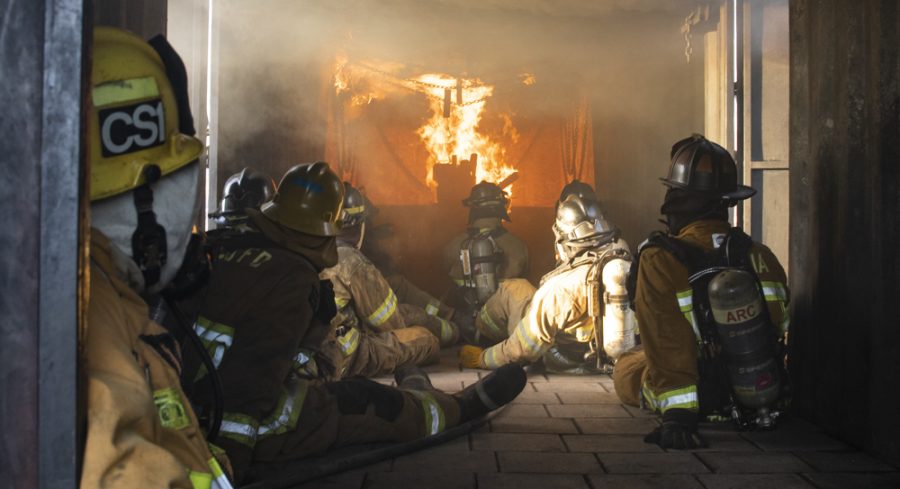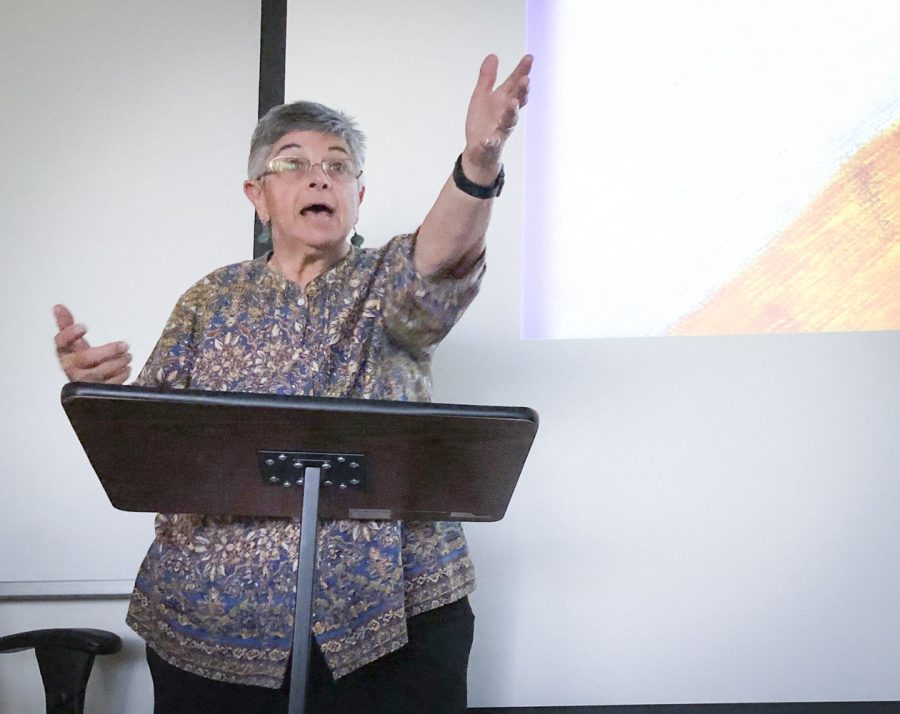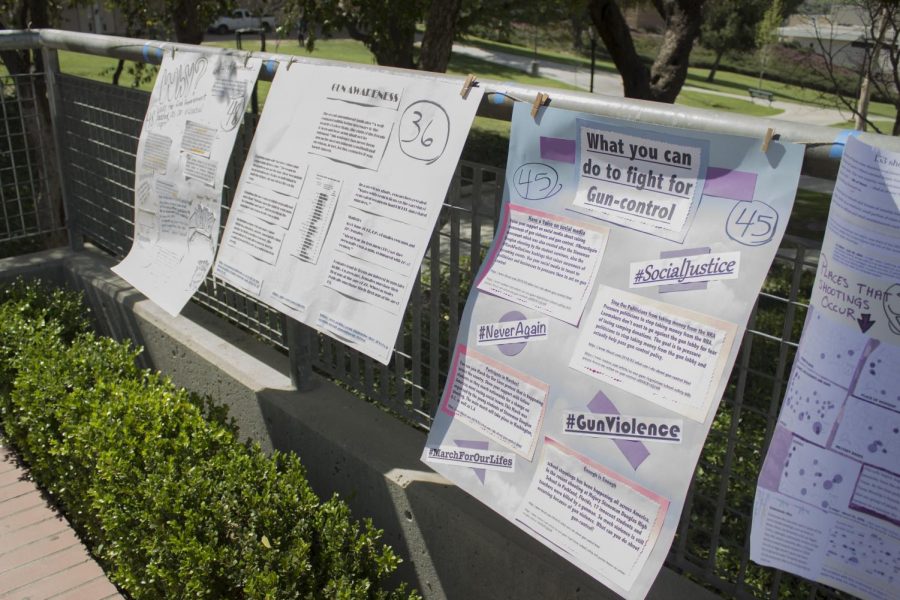In the event of a monster attack on your city, what is the first response that comes to mind? Run? Hide? Keep filming?
As most would elect for the former, the characters in “Cloverfield” take the road less traveled and document their horrific encounter with a creature that I can only begin to describe as a 15-story tall, amphibious, half cricket/half iguana… thing.
The action begins in a New York apartment, during a going-away party for main character Rob Hawkins (Michael Stahl-David), who is moving to Japan (a week too late, if he knew what was about to happen) for a promising new job. This scene also introduces us to Beth and her rather complicated relationship with Rob.
Rob’s best friend and cameraman of the movie, Hud, reminds us constantly that he is “documenting the night.” His role takes on a whole new meaning when the earth starts shaking and pretty soon, the Statue of Liberty’s head comes hurtling down the street. Instead of videotaping a menial party, Hud controls the only point of view in the whole film.
The disaster as seen only by the surprisingly robust camera, provides a truly unique and innovative perspective on what otherwise, may have been a mundane movie experience. “The Blair Witch Project” attempted this documentary-style cinematics, but failed with its focus on the cameraperson’s incessant wailing. On the contrary, “Cloverfield’s” cameraman is rarely seen, and never in the same context as those in “Blair Witch.”
Instead of abiding by the military’s mandatory evacuation, the group of friends follows Rob through the streets of New York, braving the thousands of giant, vicious crab/spiders that sprung from the ever-looming, 100 ft. tall monster, all in the name of saving the damsel in distress, Beth, from her 39th floor prison cell of rubble.
For once in a horror film, however, the audience actually sees Rob’s reason for risking his life, as well as that of his four friends. Interspersed throughout the film, when Hud would stop recording or replay the tape, are snippets of a day weeks before the attack, with Rob as the cameraman talking to Beth during their day on the town. Although seemingly random, the excerpts of old footage give testament to a much deeper relationship between the two than we initially suspect.
Such solid performances and dimension in these characters come as a huge surprise from this cast of no-name actors, and at the same time, no surprise, considering the creators of “Lost” are responsible for “Cloverfield.”
With this being said, the camera’s point of view is in no way inhibiting of our attachment to the characters, nor our experience of the film’s intense action sequences.
If anything, the mono-angular perspective draws us in more, leading us to see through the camera as if it were our own eyes, watching the monster destroy the city. I would complain about how the cinematography made me dizzy, with the camera shake comparable to that seen in “28 Weeks Later,” but then I realize how integral it is to the overall experience brought on by the film itself.
In the end, we are left with more loose ends than a plate of spaghetti, but that may be the greatest impression that “Cloverfield” leaves behind. The goal of the film is not to explain where the monster came from, or why it was able to best the United States military in less than 12 hours. The goal of the film is to show us, through just one of the thousands of possible viewpoints, the very real and compelling will to survive and save what we hold dearest in our hearts.
“Cloverfield” redefines the typical monster movie with its impeccable acting and innovative style, truly making it a spectacle to behold.





